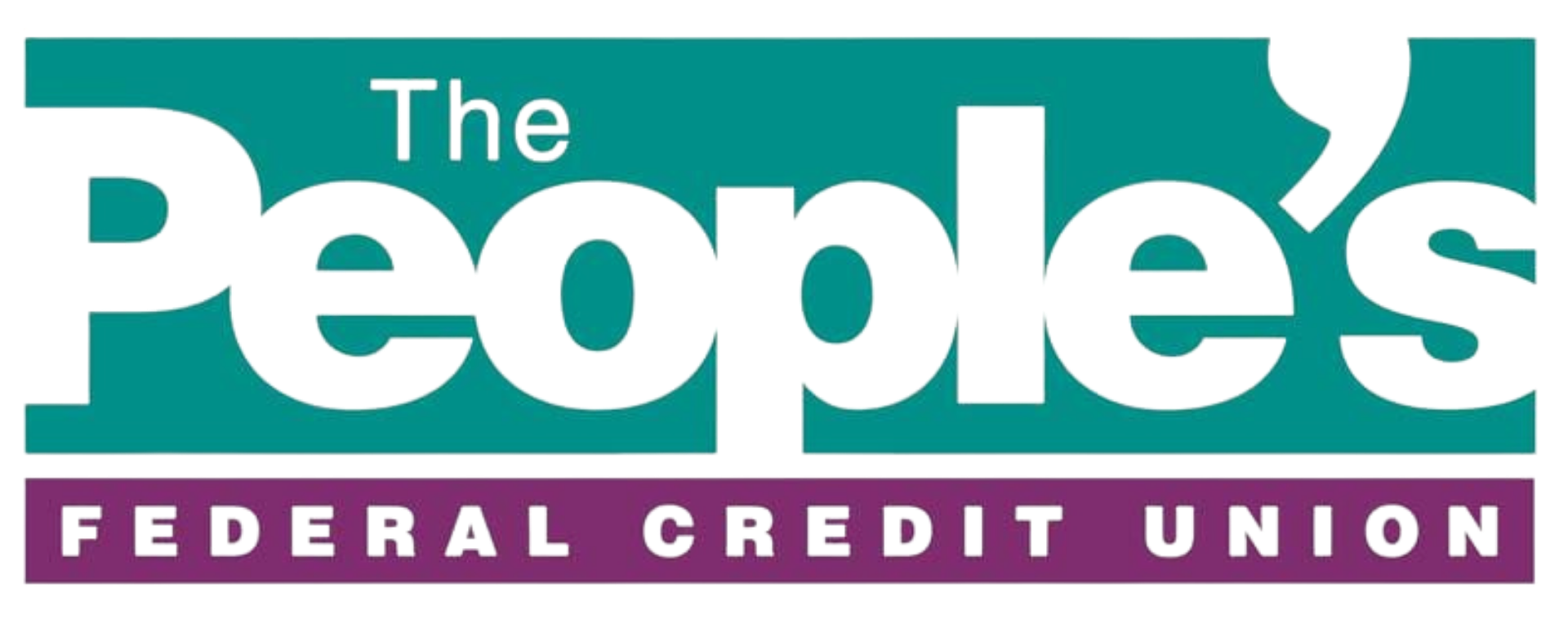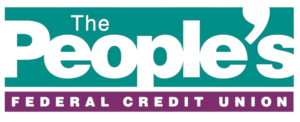Balancing retirement savings with other financial goals can be a challenge, especially for young adults who may have other pressing priorities. Whether you’re saving for your first home, paying off student loans, or planning a vacation, it’s easy to push long-term savings like retirement to the back burner. However, understanding how to prioritize savings goals is crucial for building both short-term security and long-term wealth.
Before you can start saving for any specific goals, it’s important to develop a savings strategy that works for your lifestyle and income. With the right plan in place, you’ll be better equipped to allocate funds for both immediate needs and long-term savings, ensuring you’re prepared for the future while still enjoying the present.
Step 1: Review Your Income
The first step is to determine how much money you have each pay period to set aside for savings. For some people, this may not be much, but you have to start somewhere. A good starting point is to save 10% of your gross income. Many financial experts recommend working up to 15% or more when focusing specifically on retirement savings, especially if it is a long-term priority. Adjust this amount based on your personal financial goals and what you can afford to save.
Step 2: Establish an Emergency Fund
Before you start saving money for any other goal, your first objective should be to have enough money set aside in a savings account for emergencies. Many experts recommend having three to six months of expenses saved to cover unexpected costs like medical emergencies, job loss, or car repairs.
Step 3: Split Your Savings
Once your emergency fund has been established and you have reached your savings goal, you are ready to start tackling your other goals. Rather than a strict 50/50 split, consider prioritizing your retirement contributions to ensure you’re taking advantage of employer-matching contributions (if available) and meeting a target savings percentage. Then, allocate remaining savings toward other short-term goals. This flexible approach allows you to adjust based on your financial priorities and situation.
Step 4: Make Adjustments as Your Income Changes
Anytime you get a pay increase, take the time to re-evaluate your cash savings vs. retirement savings goals. As your income grows, you might consider creating savings buckets to better organize your financial goals. For example, you can use multiple savings accounts to separate funds for emergencies, retirement, vacations, and other priorities. Instead of splitting 10% of your gross income, you might be able to afford to start setting aside 15% or 20% across these various buckets, ensuring that all your financial goals are addressed.
Step 5: Take Advantage of Employer 401(k) Programs

If your employer offers a 401(k) program, it is worthwhile to contribute to the plan, especially if they offer matching contributions. Matching contributions are basically free money your employer is giving you for retirement. If your employer doesn’t offer a 401(k), you can still set aside money for retirement in an IRA instead.
Two of the most common types of IRAs include traditional IRAs (which allow you to contribute pre-tax money and pay taxes when you withdraw funds) and Roth IRAs (which allow you to contribute after-tax money, but withdrawals in retirement are tax-free). Depending on your financial situation and future tax expectations, you can choose the option that’s best for you.
Why Putting Off Saving for Retirement Is Not a Good Idea
It can be difficult to justify setting money aside for retirement when you won’t see that money until much later in life. It can be more tempting to just spend the money now and worry about saving for retirement when you get older.
However, what you might not realize is that the money you set aside now for retirement will compound. Compounding helps your retirement savings grow significantly. The sooner you start saving for retirement, the more money you will have in your golden years, and you won’t have to worry about Social Security, which may no longer be around.
For example, if you are currently 24 years old and are contributing 10% of a $38,000 annual salary to a 401(k) with an employer matching of 4%, at age 67, without any other changes, you would have contributed $163,400 to your 401(k), and your employer would have contributed $65,360.
However, your actual balance in your retirement account would be around a million dollars, thanks to compounding! This assumes an average annual return of 6%, which is a typical estimate for long-term retirement growth but can fluctuate with market conditions.
Keep in mind this example doesn’t account for the likelihood of pay increases over your career. Even if you continue to contribute just 10% of your salary, those increases would result in higher contributions and a larger retirement balance over time.
Hopefully, you can see why investing in your retirement now can pay off in the future.
Start Saving for Your Future Today
If you’re ready to take the next step toward securing your financial future, The People’s Federal Credit Union is here to help. We offer a range of savings options, including savings accounts and IRAs, to help you build the retirement nest egg you deserve. Whether you’re just starting out or already planning for your golden years, our financial experts can guide you through the process and help you choose the best savings vehicle for your needs.
To learn more, explore our savings accounts and IRA options to find the plan that works for you. You can also stop by one of our convenient locations in Amarillo, Canyon, or Childress, or call us at (806) 359-8571 to speak with a representative.
At The People’s Federal Credit Union, we’re committed to helping you build a strong financial future—starting today.








